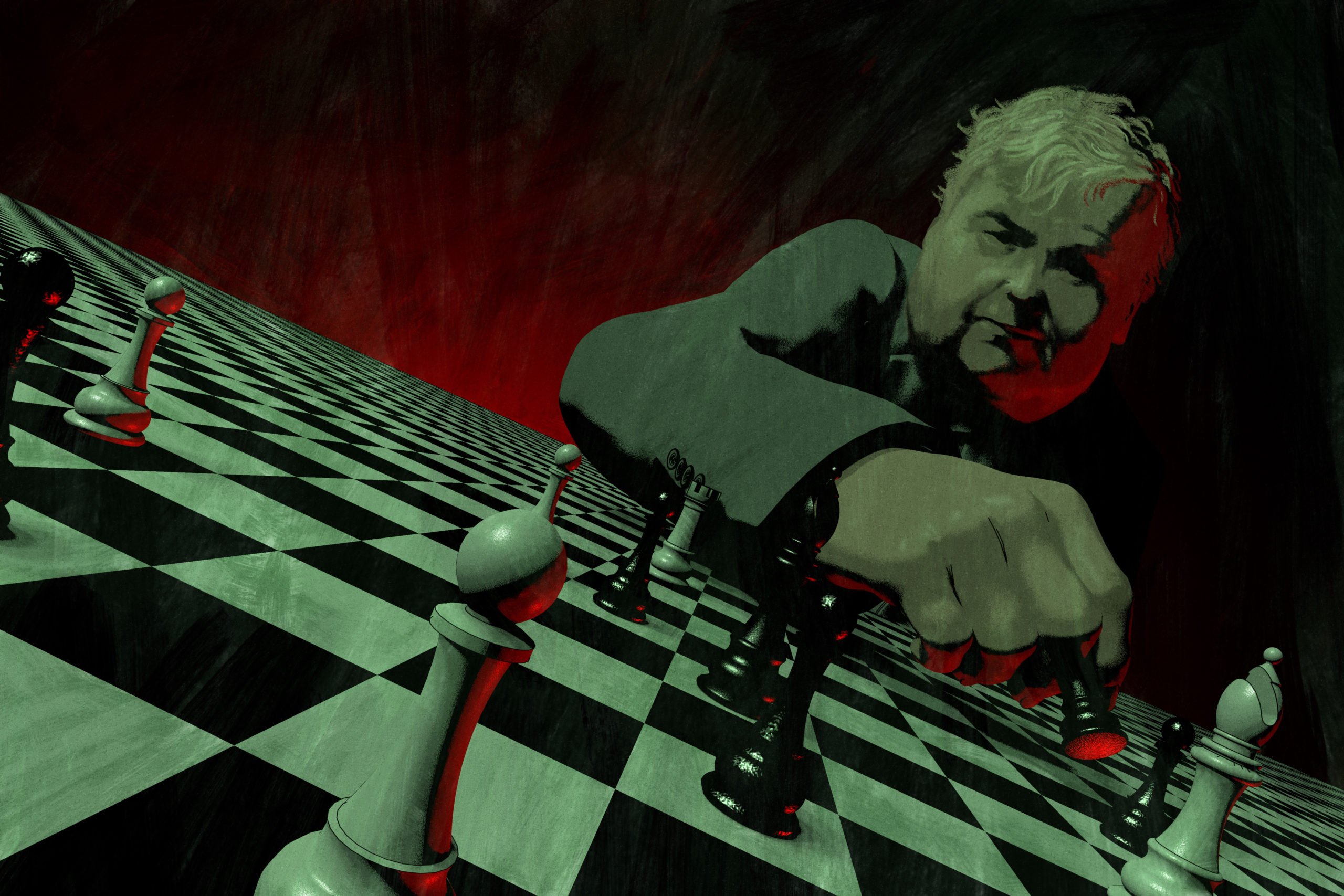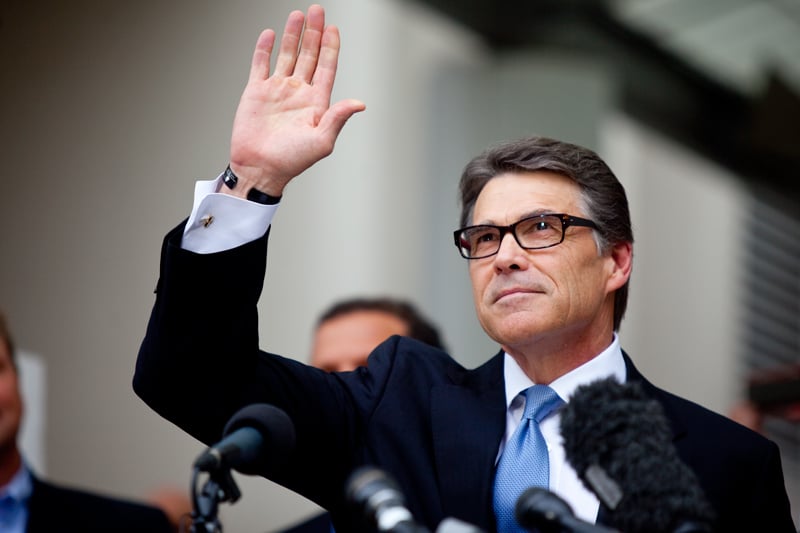
Have You Ever Seen Dallas from a Bullet Train at Night? Someday You Might.
Above: An N700 bullet train like this one might traverse Texas soon if Texas Centrail Railway succeeds in building a high-speed rail line between Houston and Dallas.
Imagine traveling from downtown Houston to downtown Dallas in just 90 minutes, in a bullet train going 205 miles per hour. That’s the vision behind an ambitious plan promoted by a group of private investors. Texas is not known, to put it mildly, as a leader on mass transportation. But Texas Central Railway, a private, for-profit Texas-based company, claims it can finance and build a high-speed rail line from Houston to Dallas by 2020. No government subsidies needed. If Texas Central Railway sticks to its timetable, the Texas company would beat the publicly funded and heavily publicized high-speed railway from Los Angeles to San Francisco. That project is slated to begin running in 2022, if it opens on time—an unlikely proposition given high-speed rail’s rocky history in the United States.
The Dallas-to-Houston project could be the pioneering example for high-speed rail in the U.S., argues Tom Schieffer, former U.S. ambassador to Japan and the senior advisor to the project.
“I think this would be a real game-changer, and it would demonstrate the ability to build high-speed rail in the United States,” Schieffer told the Observer.
Schieffer says his experience in Japan familiarized him with that country’s fast and efficient high-speed train system. The Japanese system, which this year is celebrating its 50th anniversary, has timed arrivals and departures down to the exact minute and has never had a single fatal accident, according to Japan Central Railway’s website.
“It just creates a level of infrastructure that we don’t have in this country,” says Schieffer. “But one that we need if we’re going to be competitive in the future.”
High-speed rail has been brought up only to be left for dead several times over the last 50 years. With a less-than-stellar track record, free-market groups that generally oppose mass transit have spent years derailing new projects.
In the 1990s, a French train company wanted to build a high-speed train going from Dallas to Houston, eventually expanding to Austin and San Antonio. But Southwest Airlines lobbied hard to defeat proposals for the train and even threatened to raise fares or move their headquarters to another state if the line was built. Public support was limited and eventually the company was unable to secure funds for the project, and the proposal fell apart.
In 2010, Texas botched a chance to get funding through the federal stimulus package. Former U.S. Transportation Secretary Ray LaHood said at the time that Rick Perry didn’t have a well-laid out plan or enough private funding for a train system to connect its major cities, and the $8 billion in funding was split among 31 other states.
Texas Central Railway, however, would be privately-funded and for-profit, potentially avoiding many of the pitfalls facing government-subsidized projects. That’s certainly a selling point in government-averse Texas.
In March, the project got a big boost when mayors Annise Parker (Houston), Mike Rawlings (Dallas) and Betsy Price (Fort Worth) came out in support. The mayors say it would be a congestion relief for the three fast-growing cities; an estimated 50,000 Texans currently travel back and forth between them at least once a week.
But Texas Central Railway still faces enormous hurdles. And many long-time mass transit proponents question whether the for-profit approach is viable, much less desirable.
Ross Capon, president of the National Association for Railroad Passengers, a national Washington D.C.-based non-profit promoting the development of rail, supports Texas Central Railways’ proposal but says it could be difficult to pull off. Mass transit systems, he points out, have always relied on public funds.
“If they can do it, more power to them,” Capon says. “That is a very steep hill to climb because infrastructure is almost always publicly owned and is the result of public investment.”
All other forms of transportation receive some kind of government subsidies. Even major airlines would be unprofitable if not for public financing of airports. Amtrak relies heavily on federal funding to just stay afloat, and the government builds and maintains roads for buses.
It’s often cheaper to build with subsidies. A private company would not only have to swallow the full costs of building the railway but expect to turn enough revenue to be profitable.
Andy Kunz, president of the U.S. High Speed Rail Association, says high-speed rail is different from other types of transit like planes and conventional trains in that it is potentially profitable, but it also comes with huge capital costs.
“It takes some deep pockets to get them off the ground,” says Kunz. “And that’s why you usually need government because government is better set up to lay out that kind of money up front.”
Schieffer refuses to give an exact estimate for the cost of the project, but he insists that his group has the funds to back the project. The Fort Worth Star-Telegram reported that Texas Central Railways president and former Harris County Judge Robert Eckels sought to raise $10 billion in private funds in 2012.
Tarrant County Commissioner Gary Fickes says Japan Central Railways—the Japanese high-speed rail company that Texas Central Railways has partnered with—doesn’t want the strings that may come attached to federal funds. Such requirements include the possibility of having to unionize all construction workers and buy all American-made materials. He says these requirements could mean higher building costs and could translate into even higher fares.
But the for-profit approach could also translate into high fares. The company will need to start turning a profit on the project fast. Schieffer refuses to pinpoint a fare but says it would be “somewhat less” than a plane ticket between North Texas and Houston.
The project is still in its planning stages. The Federal Railway Commission is about to launch an environmental impact study of the project has already started. But even if it passes the environmental study, Texas landowners may balk at the use of eminent domain to seize and condemn private land to lay the tracks. Other ambitious projects, from the Trans-Texas Corridor to the Keystone XL, have been derailed or at least slowed down by rural Texans upset over property rights infringements.
University of Texas at Austin Professor of Public Affairs Kevin Bacon says that people tend to view big projects like a bullet train—and the involvement of the private vs. public sector—as an ideological choice. But he argues that the project should be viewed pragmatically.
“The state government of Texas is not going to build a high-speed rail system. It doesn’t seem the political system is really interested in doing that. So if it’s a private party that’s interested in taking the risk to try and do it, it may be the only way it’s going to happen in this state.”


